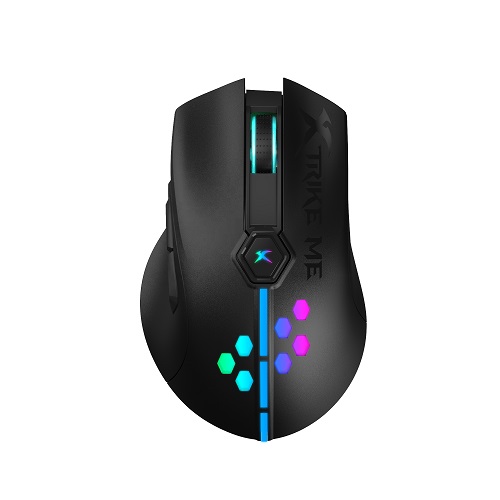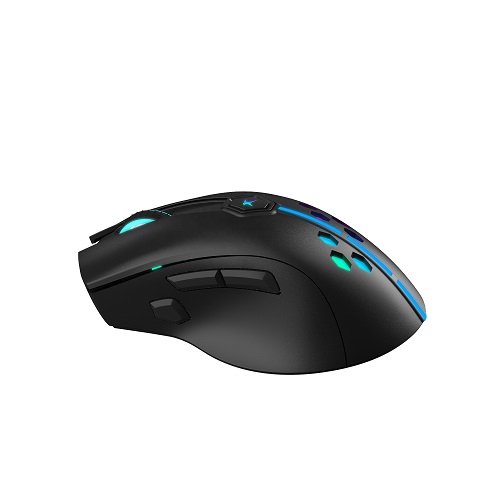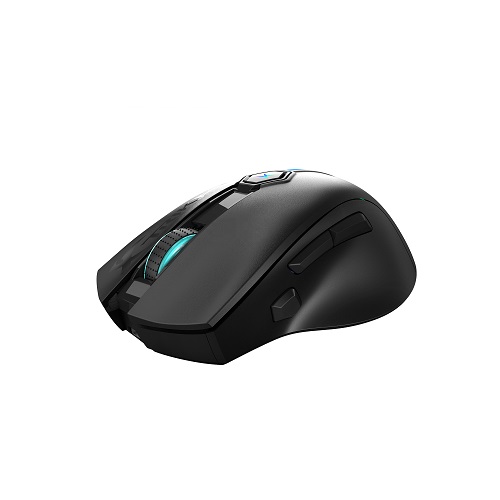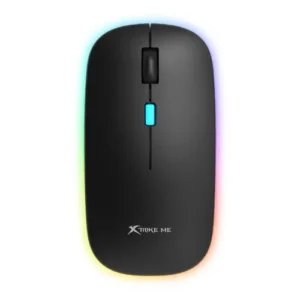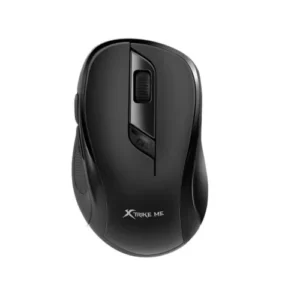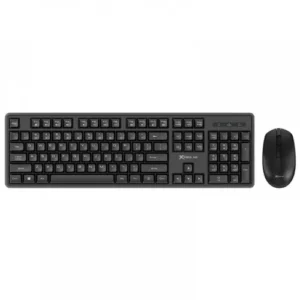Key Specifications and Features of Gaming Mice
When selecting a gaming mouse, understanding its specifications and features is crucial for optimizing performance and enhancing the gaming experience. One of the primary specifications to consider is the DPI (dots per inch), which determines the sensitivity of the mouse. Gaming mice typically offer adjustable DPI settings, commonly ranging from 1200 to as high as 7200. Lower DPI settings allow for precise control in tasks such as sniping in first-person shooters, while higher settings enable swift movements necessary for fast-paced gameplay.
Another essential consideration is the connection type. Wired gaming mice are frequently preferred for competitive gaming due to their reliable performance and reduced latency. Unlike their wireless counterparts, wired options eliminate issues related to battery life and connectivity interruptions, ensuring a consistent and stable connection essential for responsiveness during critical moments in gameplay.
The length of the cable, often around 1.5 meters, significantly contributes to the mouse’s usability, providing necessary flexibility for a wide range of setups and maintaining a clutter-free gaming environment. An additional aesthetic feature that has gained popularity is RGB backlighting. This customization option allows gamers to personalize their hardware setup, creating an immersive atmosphere that complements individual gaming styles and preferences.
Functionality is another critical aspect, with many gaming mice equipped with seven buttons. These buttons can be programmed to execute complex commands, making them advantageous for users who require quick access to various functions, such as activating abilities or executing macros. Lastly, the general durability of gaming mice should not be overlooked, with specifications often citing a switch lifecycle of approximately 5 million clicks, which provides users with assurance regarding the longevity and resilience of their device during intense gaming sessions.
Physical Specifications and Warranty Information
When selecting a gaming mouse, understanding its physical specifications is paramount for both comfort and performance. The dimensions of a typical gaming mouse measure 125 x 78 x 45 mm. These dimensions contribute significantly to an ergonomic design, allowing gamers to engage in prolonged gaming sessions without experiencing undue strain or discomfort. An ergonomic gaming mouse is particularly beneficial during lengthy gameplay, providing essential support for the wrist and hand, ultimately enhancing the user’s experience.
Another critical aspect of the physical specifications is the weight, which commonly stands at 76 grams. This weight plays a vital role in how a mouse feels during use. A lighter mouse may offer quicker movements and reflexes, beneficial in fast-paced gaming scenarios, while a heavier mouse can provide stability and control, preferred by those who focus on precision. Understanding one’s play style can guide gamers in selecting a mouse that aligns with their preferences and enhances their gameplay efficiency.
In addition to the physical characteristics, warranty information is a key factor that consumers should consider. Most gaming mice come with a 1-year warranty, which covers defects in materials and workmanship. This warranty period is crucial for consumers, ensuring that they have support in case issues arise with their device post-purchase. It is essential for gamers to be aware of the warranty specifics, so they can make informed decisions when selecting a gaming mouse that not only meets their functional requirements but also provides them with the assurance of quality and reliability.
In conclusion, evaluating both the physical specifications and warranty information of gaming mice is vital. Doing so ensures that gamers invest in a product that not only enhances their performance but also supports them with adequate protection against potential defects.
